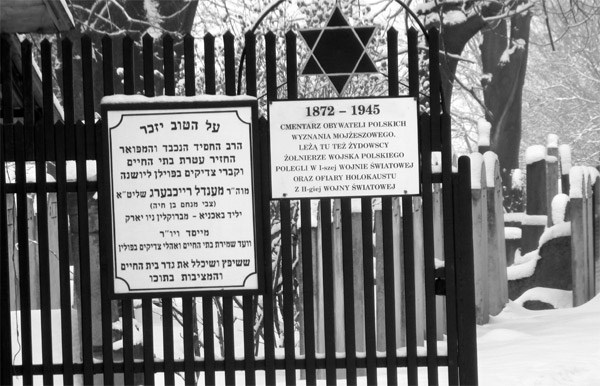Charakterystyczną cechą Beskidu Wyspowego jest "wyrastanie" odosobnionych, wyspowo wznoszących się szczytów z typowo podgórskiego, sfalowanego łagodnymi garbami krajobrazu. Szczyty te mają strome, czasem nawet bardzo spadziste stoki, wierzchowina jednak z reguły jest płaska i wylesiona.
Beskid Wyspowy jest krainą łączącą w sobie cechy podgórskie z górskimi. Góry nie łączą się tu w zasadzie w długie pasma, lecz tworzą jakby szereg wysp otoczonych głębokimi i szerokimi dolinami.

